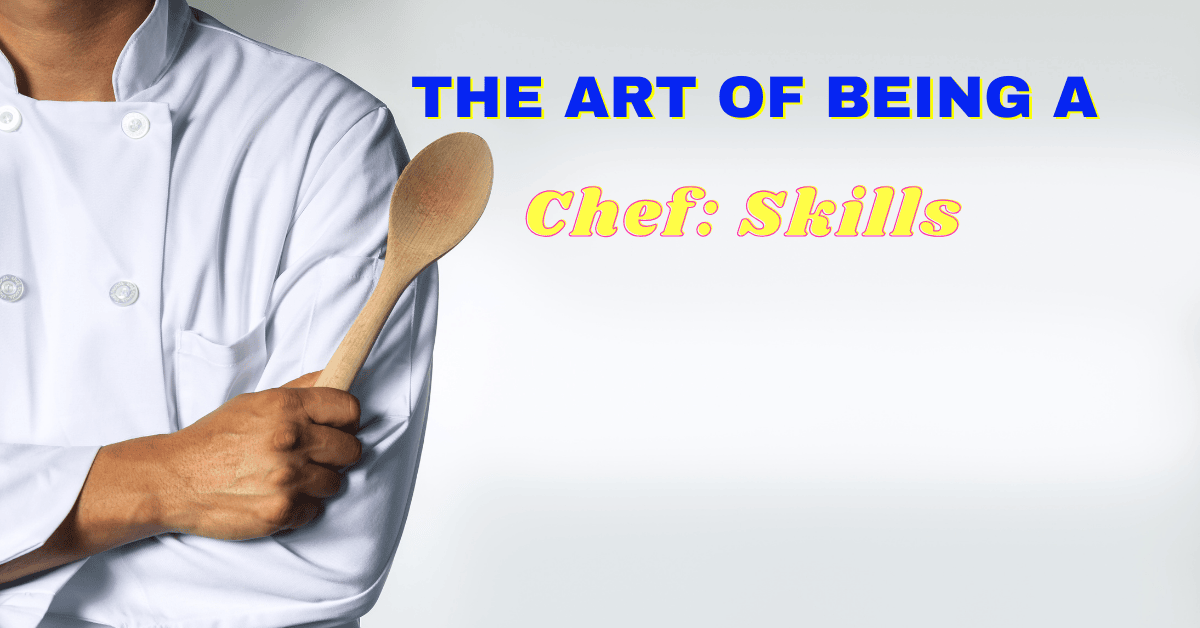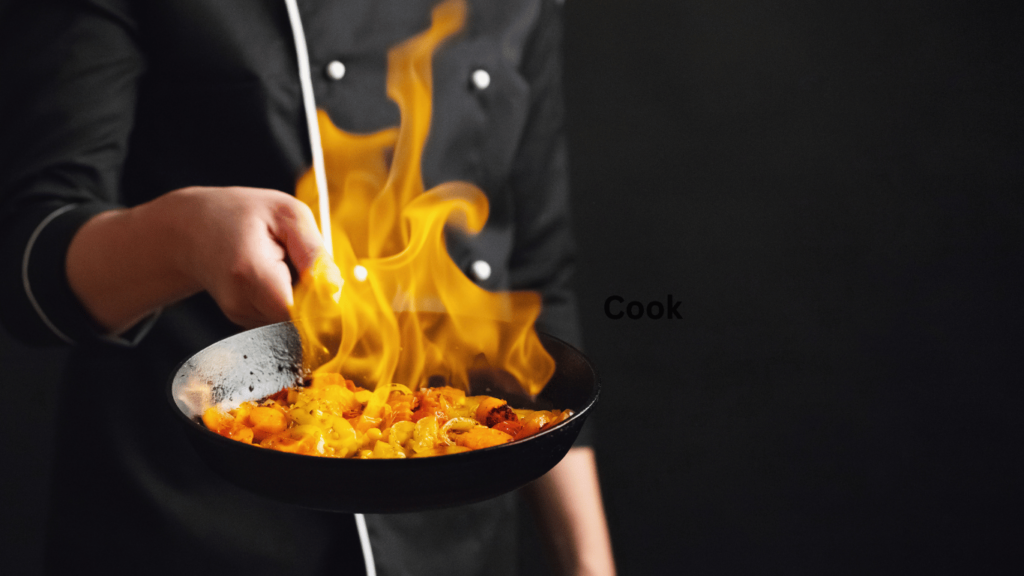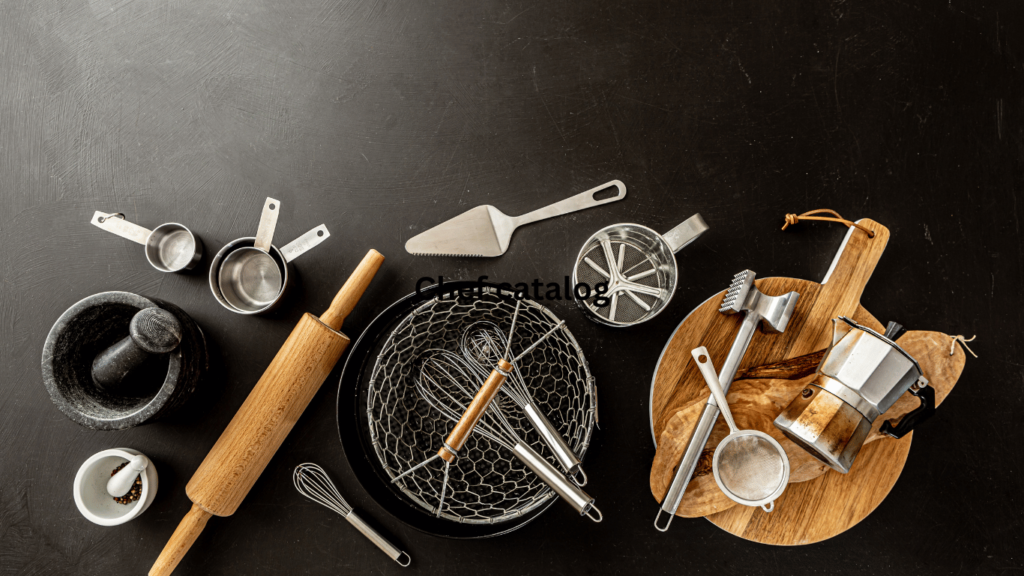
“The Art of Being a Chef: Skills, Roles, and the Journey to Culinary Excellence”
admin
- 0
Who is a Chef?

A chef is a professional cook with excellent skills in preparing and presenting food. A chef follows recipes and performs several tasks, such as innovating dishes, managing kitchen teams, and ensuring that every dish meets quality and flavor standards, in this article, we will explore The Art of Being a Chef: Skills.
Chefs work in restaurants, hotels, catering businesses, and private homes. Whether in the kitchen or elsewhere, a chef’s contribution is critical to creating a great dining experience.
Table of Contents
What is the Difference Between a Chef and a Cook?
Chef
A chef is a trained professional who understands flavors, cooking methods, and techniques. They create new recipes using fresh ingredients and hold significant responsibilities in the kitchen.
Who is a Cook?

A cook prepares food by following pre-written recipes without much innovation or additional responsibilities.
How to Become a Chef
Becoming a chef depends on your education, skills, and passion. Here are some essential steps for The Art of Being a Chef: Skills and many more:
Start with an Entry-Level Job: Begin your career in a basic position like a dishwasher, food runner, or server to understand the fundamentals of culinary work. These roles build basic knowledge and skills in the kitchen.
Earn a High School Diploma or Equivalent: Pursue professional culinary courses focusing on food preparation, safety, nutrition, and international cuisines. A culinary degree can open many opportunities.
Gain Practical Experience: Learn about daily kitchen operations as a kitchen helper. You can also volunteer in restaurants to enhance your skills.
Work Your Way Up Gain experience by working in various kitchens under expert chefs. Learn new techniques, handle pressure, and improve teamwork skills.
Obtain Certifications: Get certified in food safety and hygiene standards. In some countries or companies, a chef’s license may be required.
Specialize in a Cuisine or Technique: Develop expertise in specific cuisines like Italian, French, or Japanese, or focus on baking or pastry arts. Specialization sets you apart and increases job opportunities.
Build a Professional Network: Connect with chefs and industry professionals at culinary events or through social media. Participate in culinary organizations to stay updated on trends and opportunities.
Stay Updated and Innovate: Research food trends, experiment with new recipes, and consistently enhance your skills by attending workshops or taking advanced culinary courses.
Golden Tips: Becoming a chef takes time, dedication, and hard work. Start small, stay consistent, and remain passionate to achieve success.
show lessChef Job Description, Duties, and Responsibilities
What Does a Chef Do?
Planning and Preparing Meals: Design menus and recipes according to company standards or customer preferences. Creativity in cooking and presentation is key.
Managing the Kitchen: Supervise kitchen staff, assign tasks, and ensure smooth kitchen operations. Maintain cleanliness and hygiene.
Overseeing Food Quality: Ensure fresh ingredients and maintain high food quality. Taste dishes before serving to meet quality standards.
Controlling Inventory and Costs: Order ingredients, manage stock, and reduce waste. Monitor budgets and control costs.
Training and Mentoring Staff: Teach cooking techniques, safety practices, and presentation skills to the team. Help junior chefs grow in their careers.
Innovating and Experimenting: Create signature dishes and explore new ingredients, flavors, and techniques. Keep up with food trends.
Handling Customer Feedback: Address customer reviews and adapt dishes to improve the dining experience.
Working Under Pressure: Handle multiple tasks during busy hours and deliver high-quality meals on time.
show lessRequirements to Become a Chef
Most employers look for the following qualifications in chefs:
- Excellent communication and leadership skills.
- Strong organizational and problem-solving abilities.
- Ability to multitask and work well under pressure.
- Creativity and attention to customer needs.
- A degree in culinary arts.
- At least 3 years of experience as a chef and 1 year in a supervisory role.
Chef Salaries
Chef salaries vary depending on experience, location, and organization. Here’s an estimate:
Entry-Level Chefs: $20,000 – $35,000 per year
Mid-Level Chefs: $35,000 – $60,000 per year
Head Chefs: $60,000 – $100,000 per year
Sushi Chefs: $40,000 – $120,000 per year
Celebrity Chefs: $100,000 – $500,000 per yearWhat is a Chef Catalog?
A chef catalog is a collection of tools, items, recipes, and resources that help chefs operate kitchens efficiently.
Items in a Chef Catalog

Kitchen Tools: Knives, cutting boards, mixing bowls, pots, and pans.
Cooking Appliances: Ovens, grills, fryers, sous-vide machines.
Ingredients: Spices, oils, fresh produce, baking supplies.
Chef Uniforms: Coats, aprons, hats, gloves.
Serving Items: Cutlery, plates, trays, and glassware.
Storage Solutions: Containers, shelving units, freezers.
Books and Training Materials: Cookbooks, food safety manuals.
Technology: Recipe management apps, inventory trackers, POS systems.
Famous Chefs in 2025
Massimo Bottura (Italy): Known for Italian cuisine at Osteria Francescana.
Joan Roca (Spain): Executive chef of El Celler de Can Roca.
Yannick Alléno (France): Modernized classical French cuisine.
Pierre Gagnaire (France): Renowned for French fusion dishes.
Rasmus Munk (Denmark): Famous for avant-garde dining at Restaurant Alchemist.
Types of Chefs and Roles
- Executive Chef: The head of the kitchen, managing operations and staff.
- Sous Chef: Second-in-command, assists the Executive Chef.
- Chef de Partie: Manages specific kitchen sections (e.g., sauces, grills).
- Junior Chef: Assists the Chef de Partie.
- Apprentice: A trainee learning basic cooking skills. Specialized Chefs
- Pastry Chef: Prepares desserts and baked goods.
- Catering Chef: Cooks for large events.
- R&D Chef: Creates new recipes and menus.
- Molecular Chef: Uses scientific methods to innovate dishes.
Types of Chef Hats
- Traditional Toque: Tall, white hat symbolizing rank.
- Skull Cap: A snug hat for kitchen staff.
- Bouffant Hat: Puffy hat for covering long hair.
- Paper Chef Hat: Disposable for hygiene and cost-efficiency.
- Beanie: Lightweight and comfortable for long hours.
Each role, tool, and accessory in the culinary world is vital in creating exceptional dining experiences!

